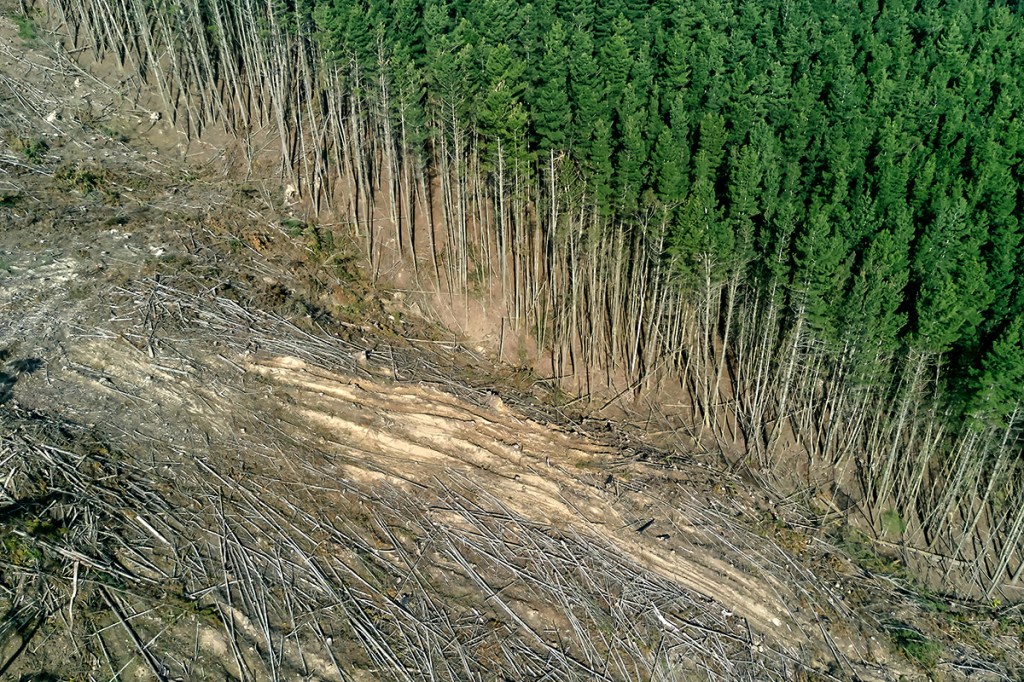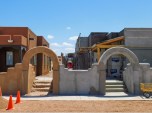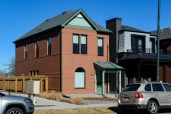Making responsible decisions that balance budget, quality, and value is more than good business, it’s the right thing to do.
For many home builders, that means going beyond code to differentiate your brand. For others, it’s critically rethinking the near- and long-term consequences of construction methods.
One of the biggest choices a home builder can make is between wood and concrete, and the decision can be a complicated one.
A new study by the World Resources Institute,an independent, research-based nonprofit, presents “… five interrelated reasons [why] wood for buildings is not a climate- or environmentally friendly solution overall:”
1. Most wood (and its stored carbon) is lost during production.
2. Harvesting wood is not carbon neutral. Annual wood harvests are responsible for emitting over 10% of global carbon dioxide emissions. For context, wood emissions are more than twice as much as emitted by Russia, a fossil-fuel goliath.
3. Using wood in construction will most likely increase climate warming for decades. WRI research indicates global wood demand is projected to increase over 50% over the next 30 years, producing an estimate two billion extra tons of carbon emissions by 2050.
To meet this demand, approximately 2 billion acres of forest will have to be harvested—an area roughly equivalent to the continental U.S.
4. Relying only on forests in warm climates for mass timber might yield climate benefits from a specific hectare or acre, but not when factoring in the growing needs for wood.
5. Mass timber will have large adverse effects on the world’s forests.
In short, the study finds the toll that wood exacts on the environment and climate is significantly underreported.
Study authors recognize there is no silver bullet in the quest for sustainable construction. Concrete has shortcomings, too, although the ready mix industry is addressing these to help deliver a truly carbon neutral construction solution.
A fast-growing number of low-carbon concrete mix designs are commercially available. The industry’s investment pace suggests this is just the threshold of concrete’s environmental transformation.
Case in point: insulated concrete forms (ICF). The rapid rise of this highly evolved building system, long prized for its near-indestructible resilience and energy conservation, is now a go-to construction method for dozens of Habitat for Humanity chapters nationwide. The non-profit organization views ICF as a simple, affordable way to help deserving families through a construction process so easy it turns volunteers old and young into installation experts.
The strength of concrete largely eliminates home buyer concerns from fire, water, and wind damage. That’s a valuable consideration at a time when home insurance costs and availability threatening industry growth and stability.
Wood will continue to play a significant role for years to come. However, building alternatives that are proven, environmentally smart, and profitable are now options to consider.
Learn more about why concrete is a better choice for environmentally responsible residential construction.



